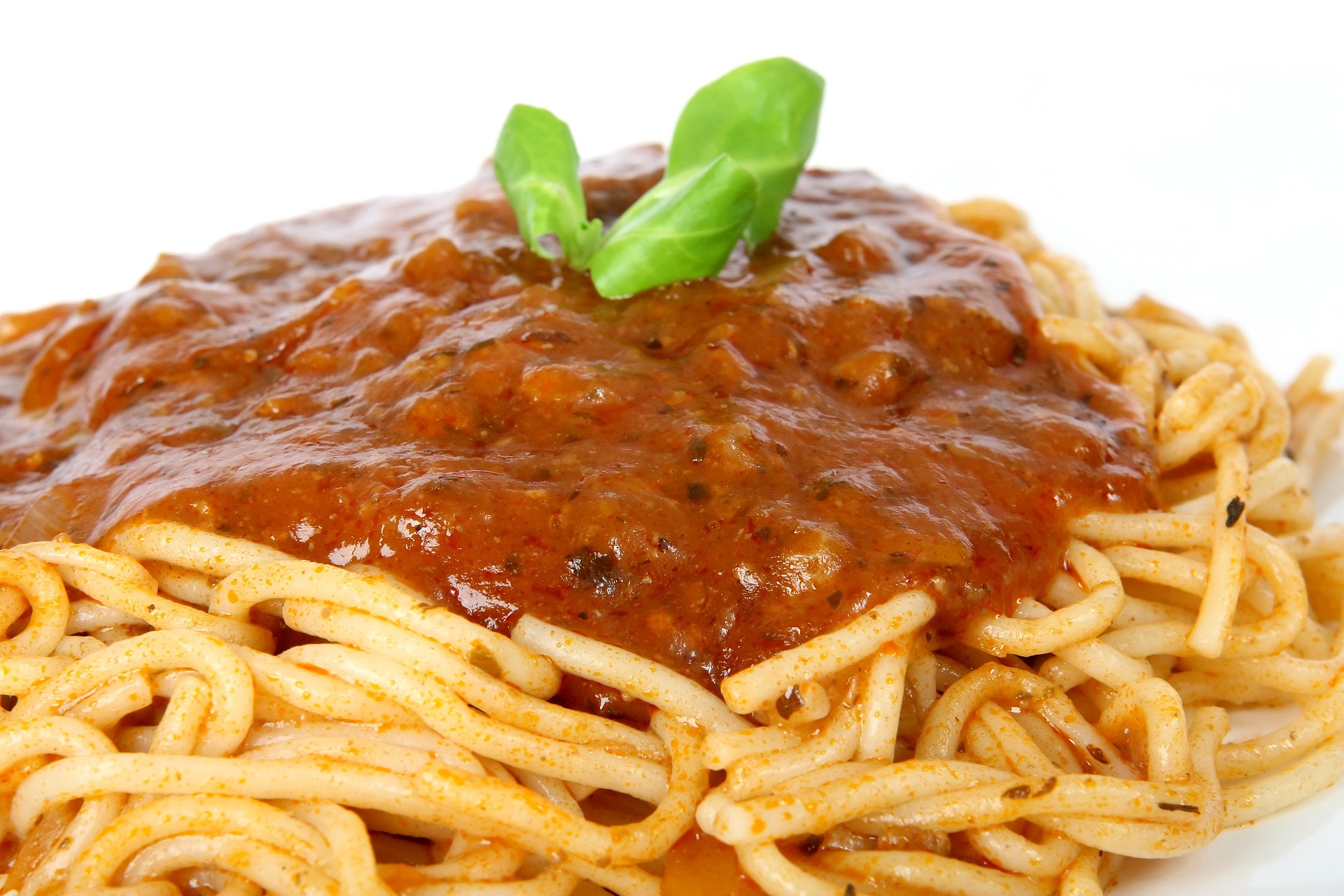Pizza sauce – what makes it *not* pasta sauce? And what about marinara sauce, while we’re at it?
Pasta sauce:
- Is a broad category – can be subdivided into tomato sauce, marinara sauce, bolognese sauce, carbonara sauce, etc.
- Can be thick or thin or chunky.
- Is typically cooked for several hours.
- Often includes tomatoes, garlic, basil, salt and pepper; can include olive oil, red pepper flakes, sugar.
- Can include chopped or minced vegetables such as onions, green bell peppers, carrots.
- Can include meat.
Pizza sauce:
- Is typically thick (but not chunky) and consistent.
- Is not cooked – but often the ingredients must sit for several hours to blend.
- Usually contains tomato paste and olive oil.
- Usually contains garlic, basil, and oregano.
The biggest different between pasta sauce and pizza sauce is that pizza sauce is not cooked.
Also, while garlic and basil are typically in both, I always have oregano in my pizza sauce, which can be in pasta sauce, or not. For me personally, having oregano be the dominant seasoning is what makes a pizza sauce a pizza sauce.
Similarly, tomato paste (or puree) is almost always in pizza sauce, but may or may not be in pasta sauce.
Marinara sauce, as vaguely covered above, is a specific type of pasta sauce. Marinara sauce:
- Doesn’t take as long to cook as other pasta sauces.
- Emphasizes a tomato flavor.
- Because it’s light, is great for fish or shellfish as well as pasta.
- Must contain tomatoes, garlic, spices; some claim it should or could also include onions, capers, olives, red wine.
